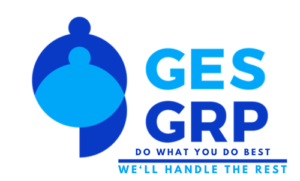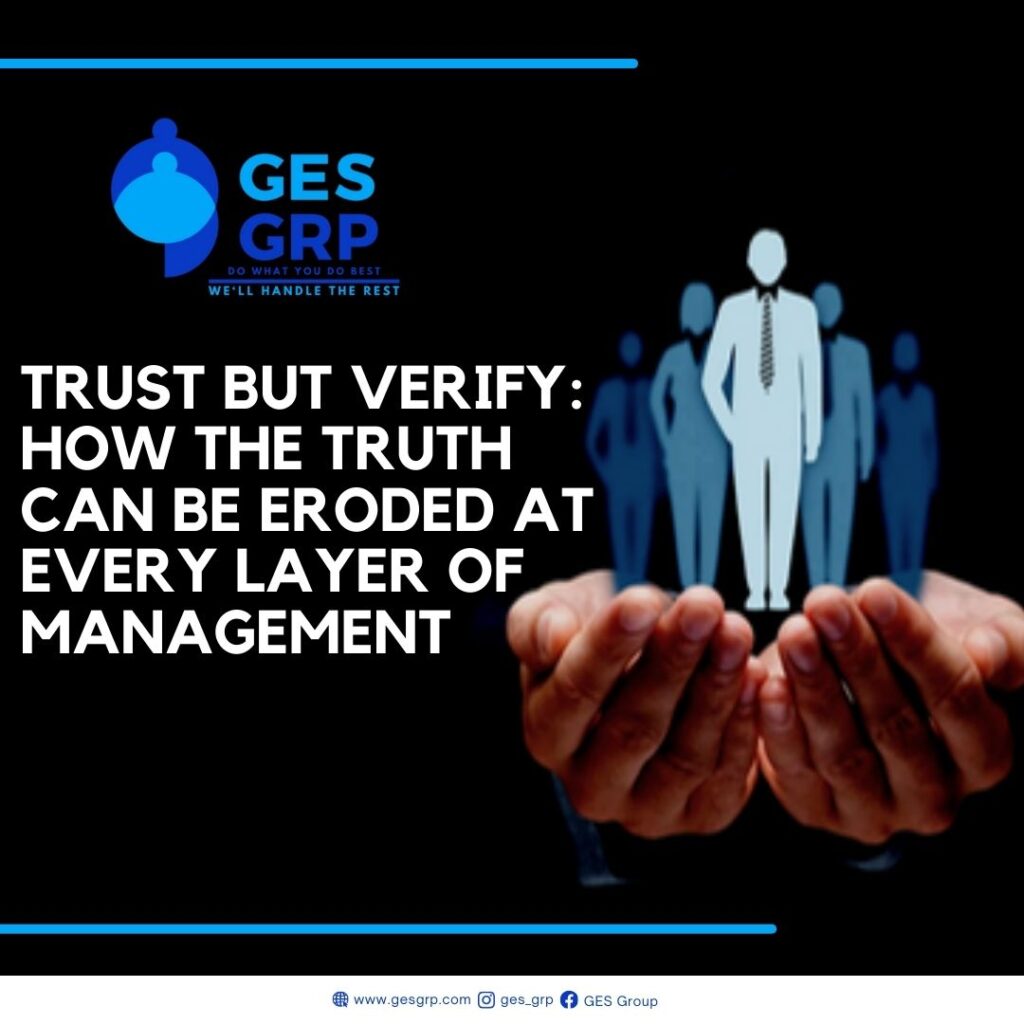Prioritizing Your Tasks: It’s as Easy as ABCD
Every day, management is faced with more tasks than physically feasible. From sorting through massive amounts of emails (see: Time Management and the Hierarchy of Communication ) to preparing for and attending meetings, management can expect a full day of work that can easily roll over into what should be personal downtime in the evening. The “To-Do List” never shortens as more work is piled on as each day passes. So how do you choose what to focus on when you know full well that all the impending tasks will not be completed? Go through your ABCDs! You should naturally prioritize any list of tasks presented to you, but there is a more consistent way to organize your daily activities. By grading each task, you are setting yourself up for a productive day. After listing your responsibilities for the day, assign each to one of the following levels: A= Important & Urgent –these tasks can only be completed by the top person (TP) of the organization. Often, there are serious consequences associated with leaving these undertakings incomplete or for another day. B= Delegated – these consist of tasks that can easily be completed by those working under your direction. Being able to delegate tasks frees up your time to focus on your areas of expertise (the A tasks). C= Known – these mid-level tasks are not necessarily detrimental to the company; the TP should only know the task exists and hear about the result. D= Eliminate – these tasks should be taken off your To-Do list. They are neither important, nor urgent, and their existence has nothing to do directly with the TP. The most important aspect of ABCD organization is staying true to the order of tasks; you should not attempt to begin a B task unless all your A tasks are completed. It is also important that you have the resources to outsource BCD tasks. Having reliable people to take over these responsibilities, also known as BCD Helpers, can double the amount of work being completed during the day. Your time is valuable and your task completion even more so. Trust in the ABCD process of organization as you journey towards success with your company. To read more articles, go to www.gesgrp.com.










